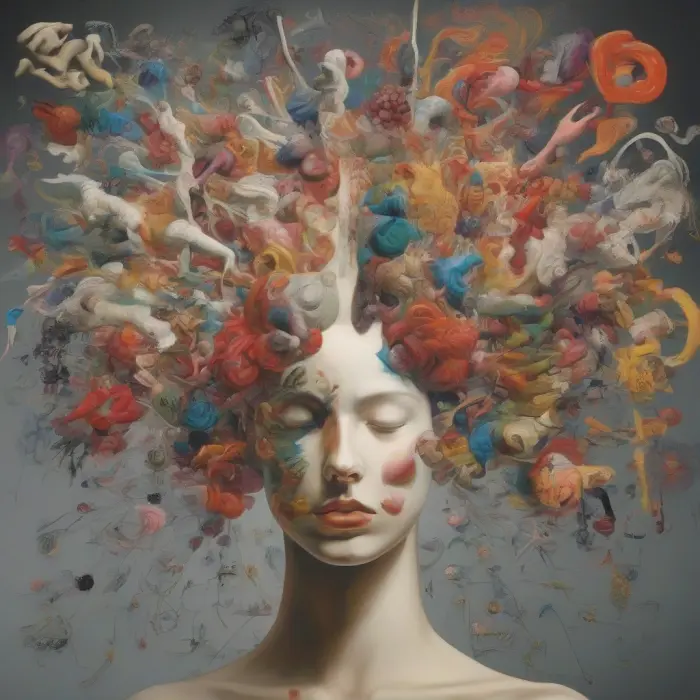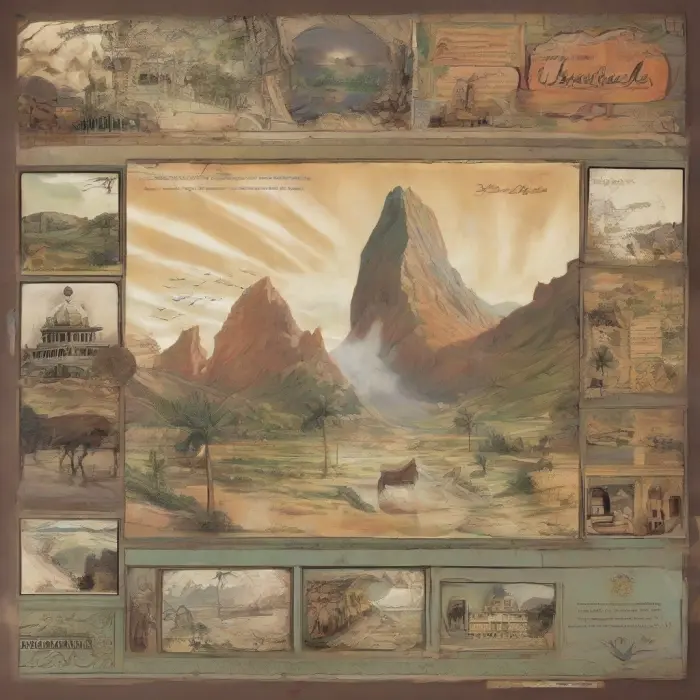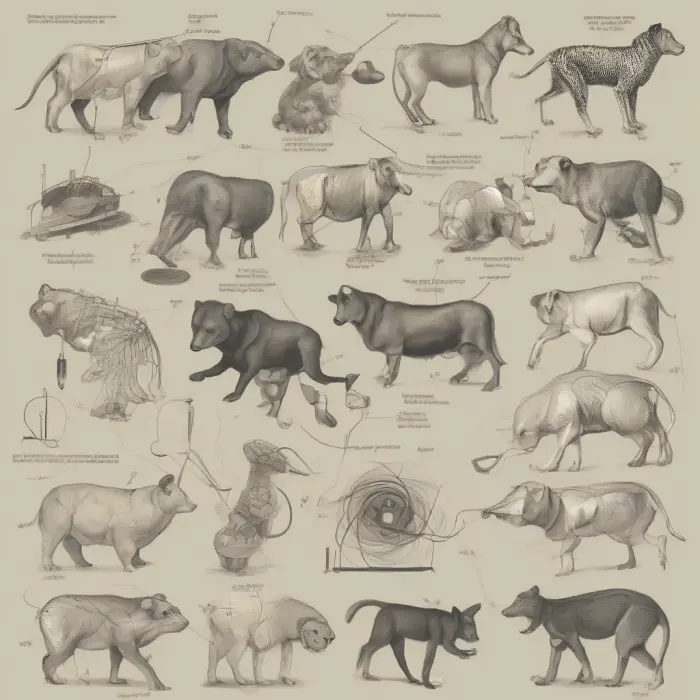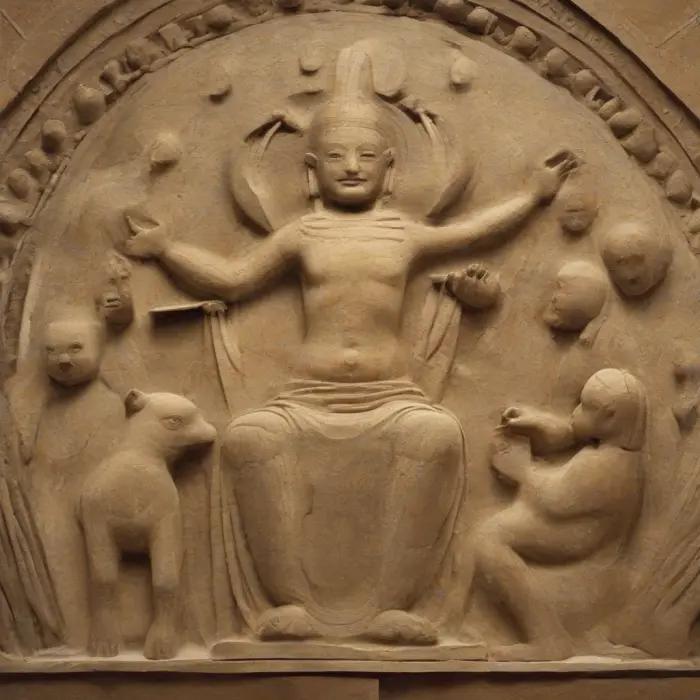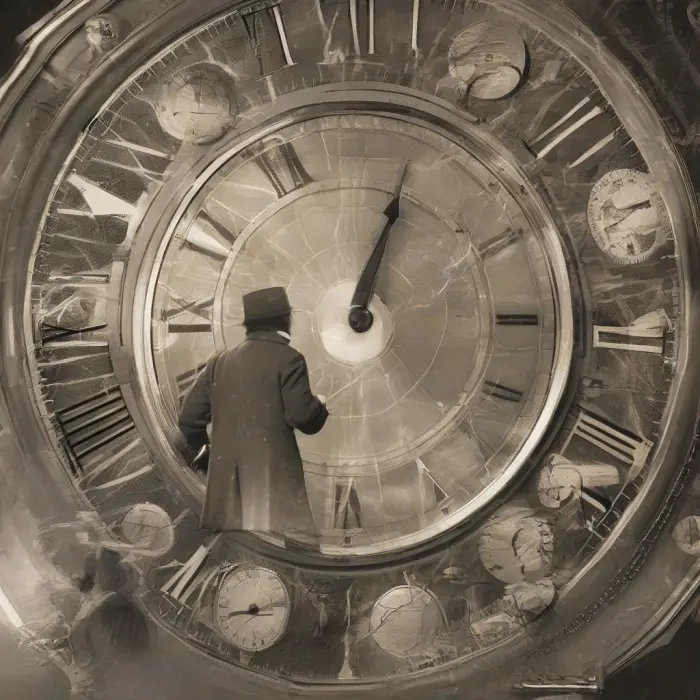Strange and Surprising Facts About the World's Deadliest Creatures
Gaia's vast ecosystem is filled with an extraordinary array of creatures, some beautiful, some fascinating, and others astounding. However, there also exists a nefarious faction that is considered the world's deadliest creatures. Here are some strange and surprising facts about these lethal organisms that may alter your perception.
The Mosquito: A Tiny, Yet Deadly Irritant
According to the World Health Organization (WHO), mosquitoes, particularly those carrying the malaria parasite, cause approximately 435,000 deaths per year. Intriguingly, only female mosquitoes bite because they need blood for their eggs. The buzzing sound you hear is produced by their rapidly beating wings. And oddly enough, they are attracted to the smell of beer and stinky feet, making beer enthusiasts and individuals with sweaty feet irresistible targets.
Box Jellyfish: Silent, Transparent, and Deadly
As delicate as they appear, box jellyfish inhabit northern Australian waters and the edges of the Pacific Ocean, embodying the phrase "beauty is deceptive." Their venom attacks the heart, nervous system, and skin cells, potentially leading to heart failure and death if not treated promptly. What's peculiar is that these deadly marine animals have no brain, heart, or blood. They have twenty-four eyes that enable them to see and navigate, despite lacking what humans consider essential organs.
The Poison Dart Frog: A Toxic Rainbow
Tropical rainforests of Central and South America are home to one of the most venomous and vividly colored creatures on Earth, the poison dart frog. Despite its small size, some poison dart frogs can carry enough toxins to kill 20,000 mice. Indigenous communities once used their deadly secretions to imbue the tips of blowgun darts, hence their name.
The Australian Saltwater Crocodile: Ancient Predators
With a biting pressure that can exceed a whopping 2000 pounds per square inch, the Australian Saltwater Crocodile is the most dangerous predator to humans. Astonishingly, they can achieve this feat with weak jaw-opening muscles, strong enough only to hold their prey and not open up the jaws forcefully. They've been known to indulge in "death rolls," spinning their prey around in the water until it drowns or is dismembered.
Deathstalker Scorpion: Small But Mighty
Although there are over 2000 scorpion species in the world, the Deathstalker Scorpion is classified as the most dangerous. Its venom is a potent mixture of neurotoxins, with a single sting causing unbearable pain, fever, coma, convulsions, and potentially death for humans. In a weird twist, this toxic substance is being researched for potential medicinal benefits, especially in cancer treatment.
Our planet is indeed a mosaic of the strange, surprising, beautiful, and dangerous. Undeniably, these deadly creatures, as intimidating as they are, play their roles in maintaining the precarious balance of life. Their unique characteristics and peculiar habits serve as humbling reminders of our planet's biodiversity and the raw, relentless forces of nature.





